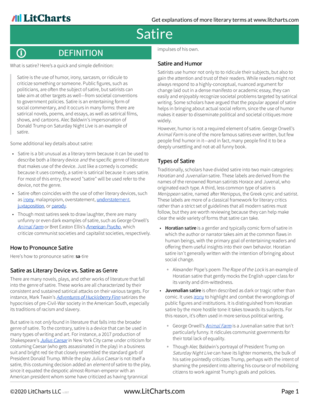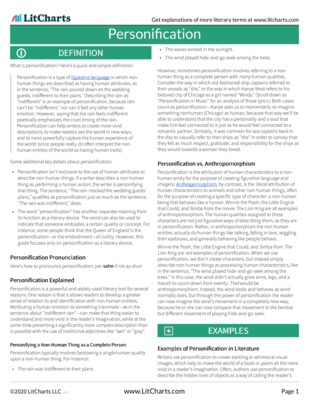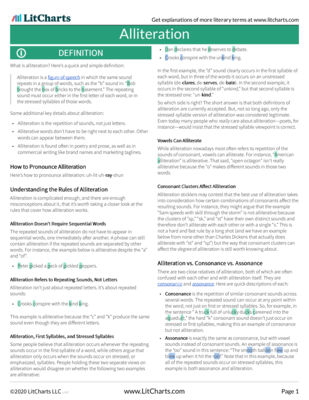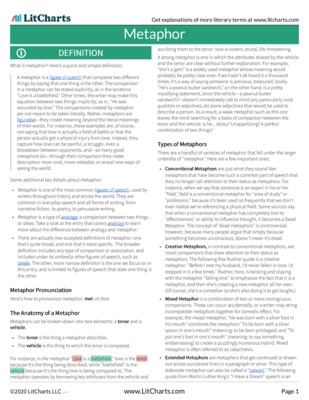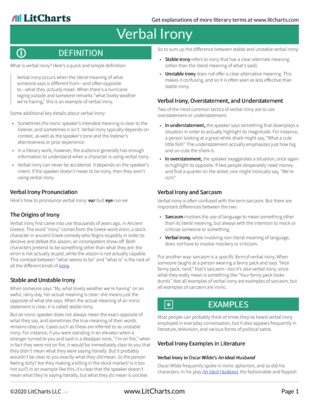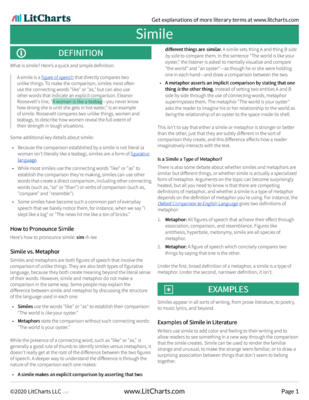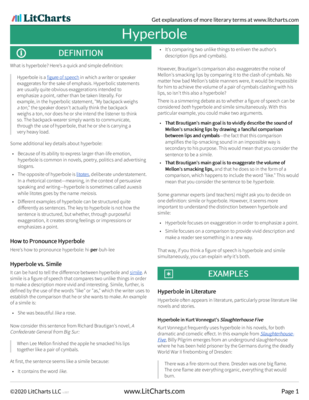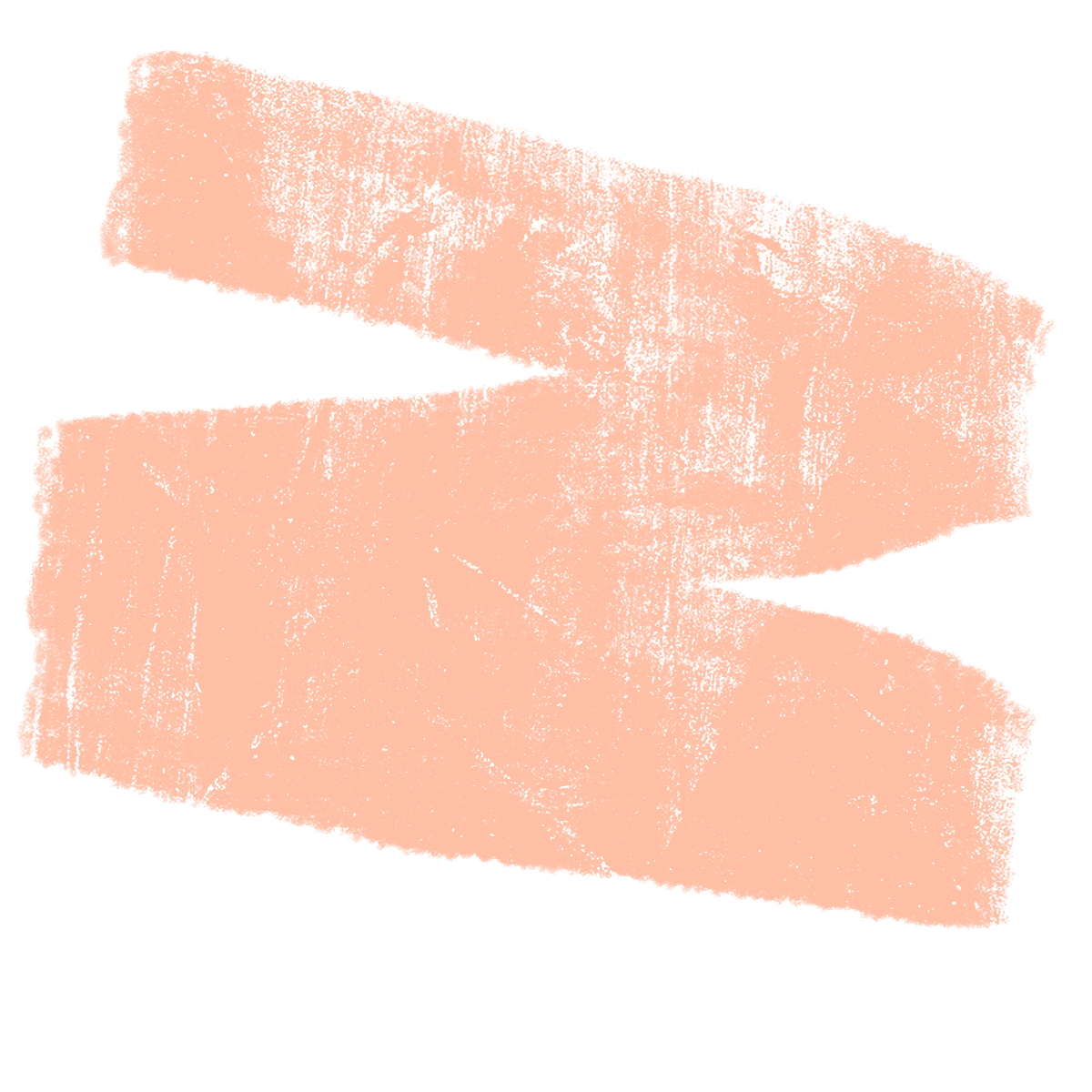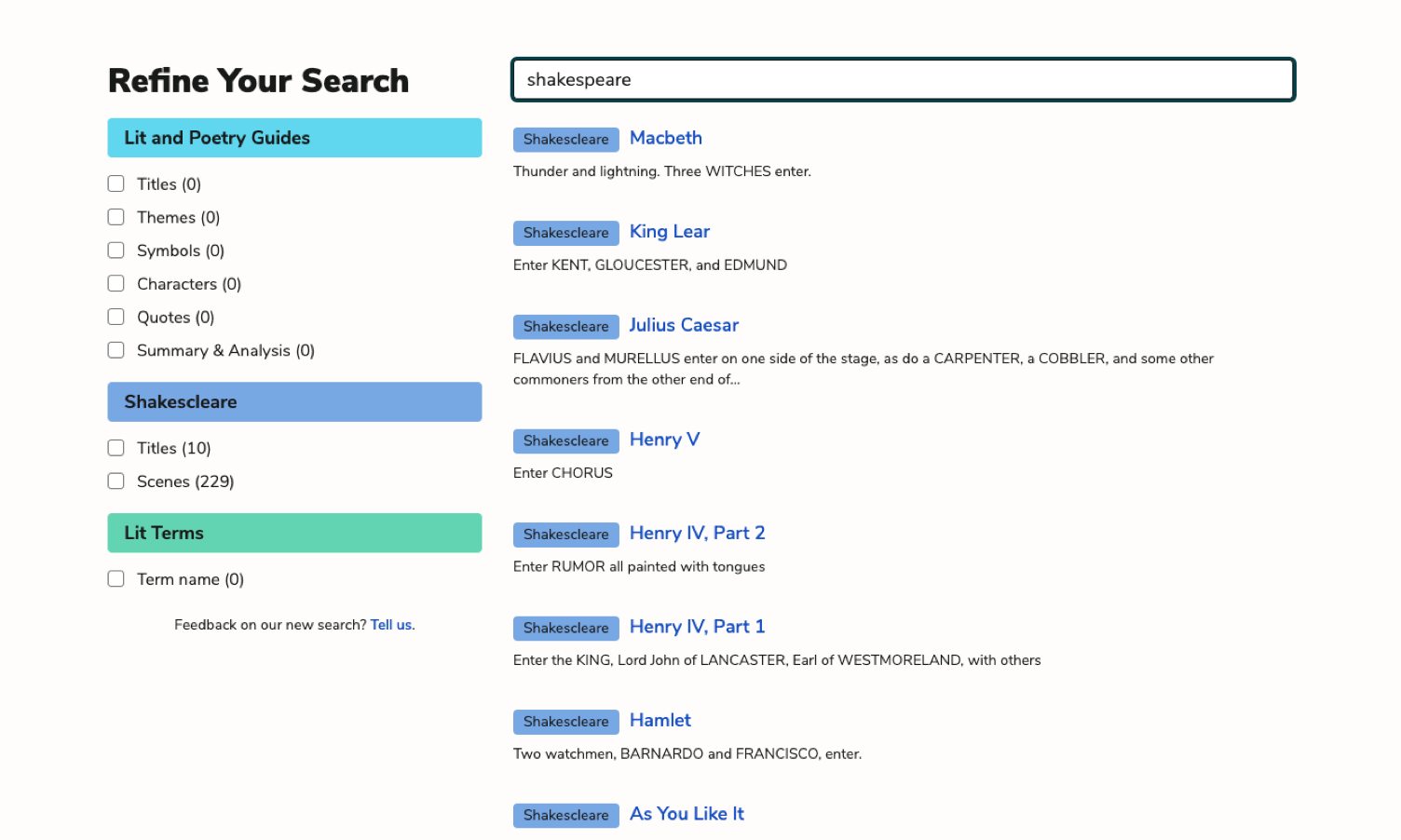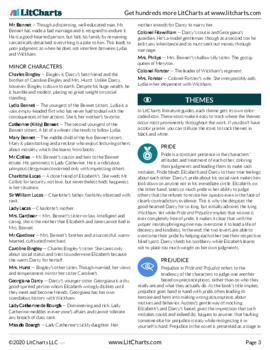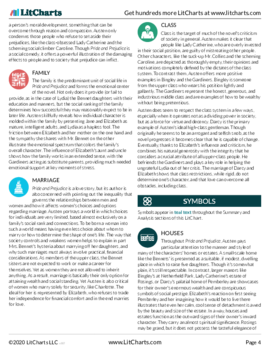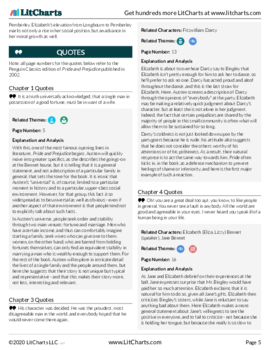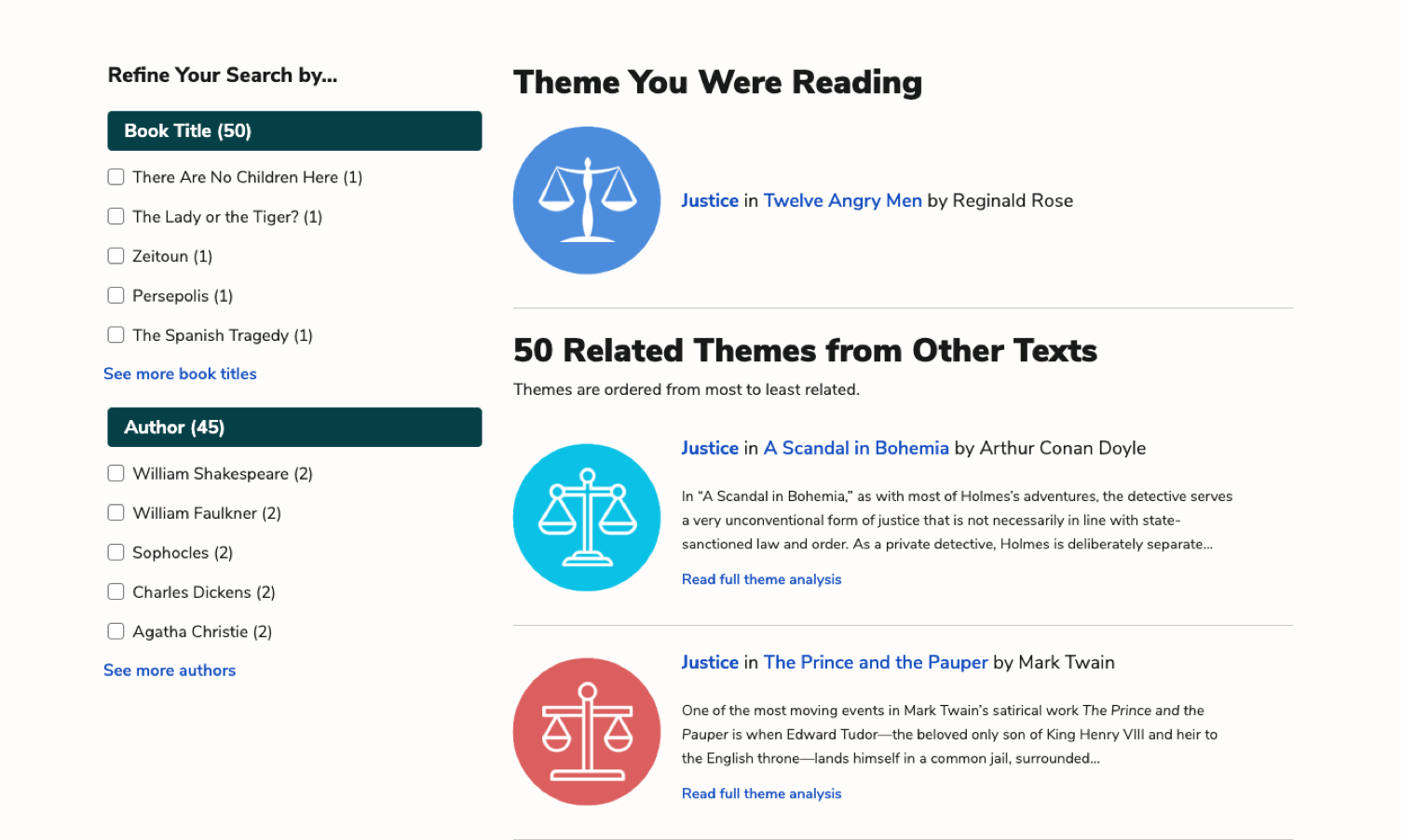- All's Well That Ends Well
- Antony and Cleopatra
- As You Like It
- The Comedy of Errors
- Coriolanus
- Cymbeline
- Hamlet
- Henry IV, Part 1
- Henry IV, Part 2
- Henry V
- Henry VI, Part 1
- Henry VI, Part 2
- Henry VI, Part 3
- Henry VIII
- Julius Caesar
- King John
- King Lear
- Love's Labor's Lost
- A Lover's Complaint
- Macbeth
- Measure for Measure
- The Merchant of Venice
- The Merry Wives of Windsor
- A Midsummer Night's Dream
- Much Ado About Nothing
- Othello
- Pericles
- The Rape of Lucrece
- Richard II
- Richard III
- Romeo and Juliet
- Shakespeare's Sonnets
- The Taming of the Shrew
- The Tempest
- Timon of Athens
- Titus Andronicus
- Troilus and Cressida
- Twelfth Night
- The Two Gentlemen of Verona
- Venus and Adonis
- The Winter's Tale
plus so much more...
-
Anthropomorphism
The whole poem is built around the device of anthropomorphism. The poem is an address, as the title states, to a mouse, as if she can understand the speaker's words to her. The speaker also attributes human traits to the mouse. First of all, the mouse is said to feel emotions like fear and "panic," "grief an' pain."
Secondly, the mouse has thoughts. The mouse doesn't just fear the speaker, she has an "ill opinion" of him. She saw the bare fields and drew the conclusion that "Winter [was] comin fast." In building her nest, she "thought to dwell" in it through the winter. The speaker claims that the mouse is affected by the "present only," while he, as a human, can look "backward" and "forward" to the past and the future. But the mouse's "foresight" in building her nest shows that she, too, shares some of this human ability to think about the future.
The speaker also takes the biblical commandment to permit gleaning, which originally applied only to humans, and extends it to the mouse. He allows the mouse her "daimen-icker in a thrave," her odd ear of corn, and says he'll find a "blessin wi' the lave," just as God promised to bless those farmers who permitted fellow humans to glean.
The speaker's anthropomorphism serves several purposes. It makes the poem more dramatic, since it turns what would otherwise be one person's solitary reflection into a scene with two characters interacting. The speaker notices that the mouse is reacting to him with fear; he must persuade her to trust him. This scene has higher stakes, too, because the speaker humanizes the mouse. If she can understand his words, then it is all the more important that he find the right words to express his sympathy.
Even more significantly, the anthropomorphism supports the speaker's claim that humans and animals share a "social union." If the mouse can think and feel in the way the speaker describes, then she has important qualities in common with human beings. These common qualities create a common bond. If humans share this common bond with animals, then they should, as the speaker implies, extend compassion towards them. Merely describing "Nature's social union" to the mouse as if she can understand the words helps show that this social union exists.
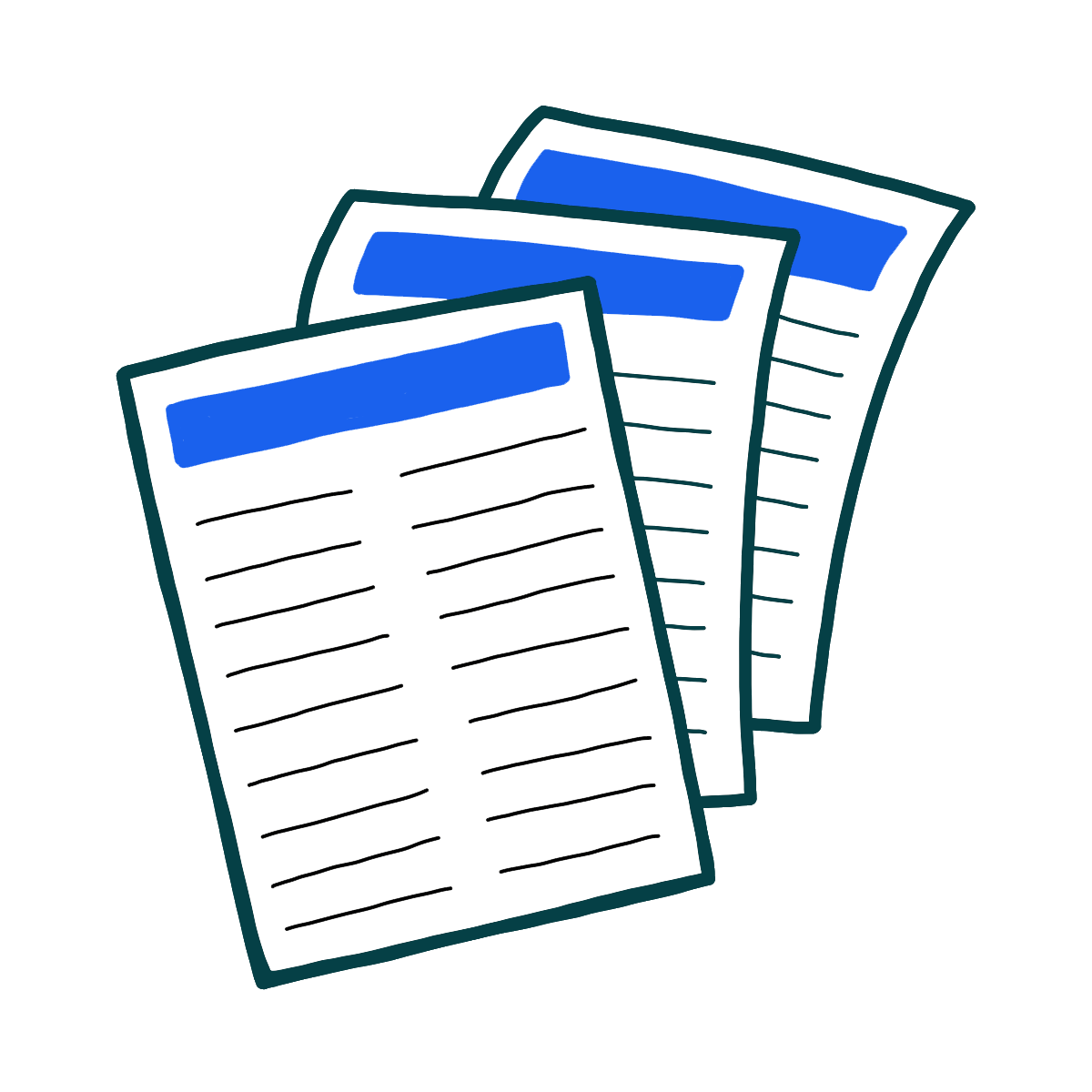
|
PDF downloads of all 3054 of our lit guides, poetry guides, Shakescleare translations, and literary terms.
PDF downloads of all 1910 LitCharts literature guides, and of every new one we publish.
Learn more
|
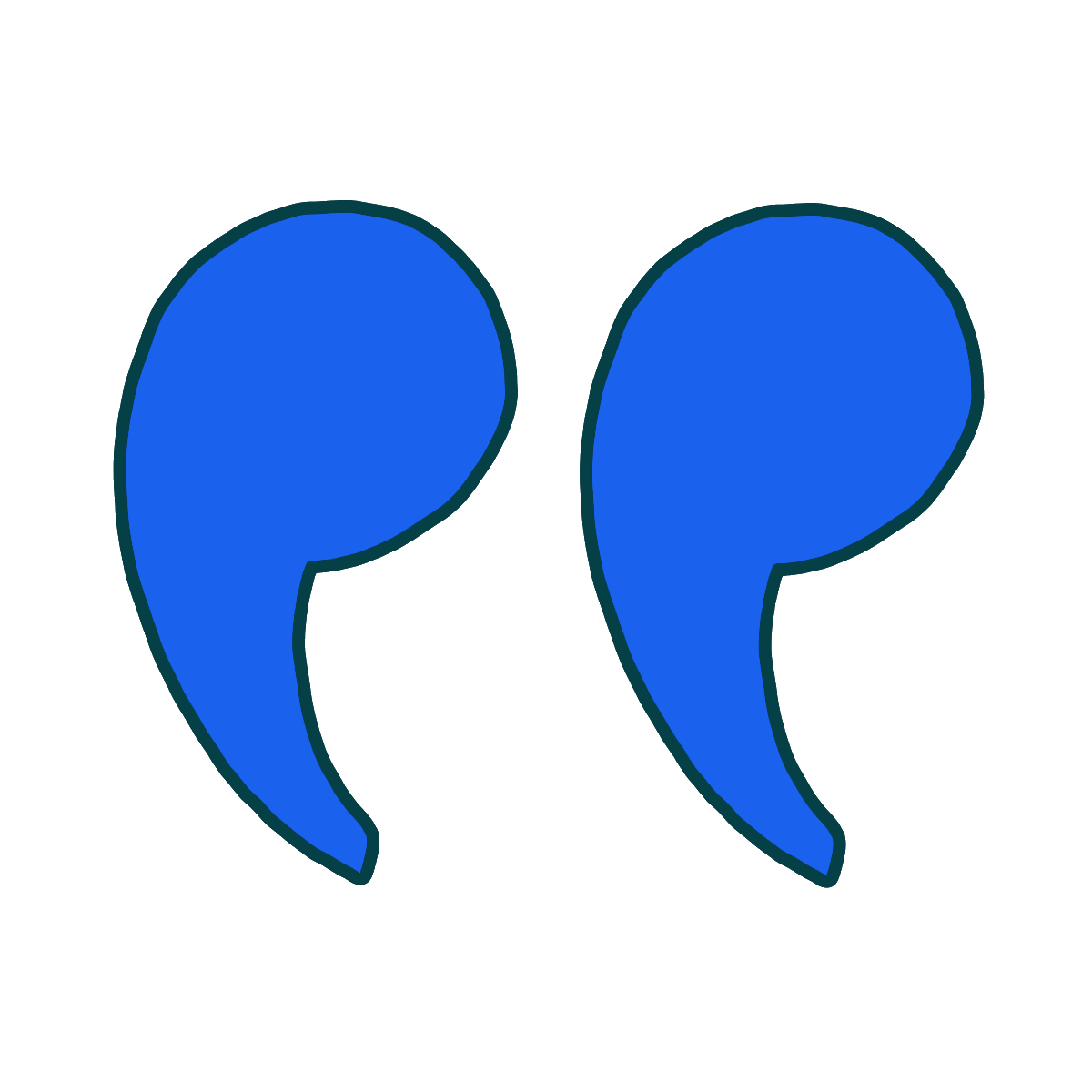
|
Explanations for every quote we cover.
Detailed quotes explanations (and citation info) for every important quote on the site.
Learn more
|

|
Instant PDF downloads of 136 literary devices and terms.
Definitions and examples for 136 literary devices and terms. Instant PDF downloads.
Learn more
|
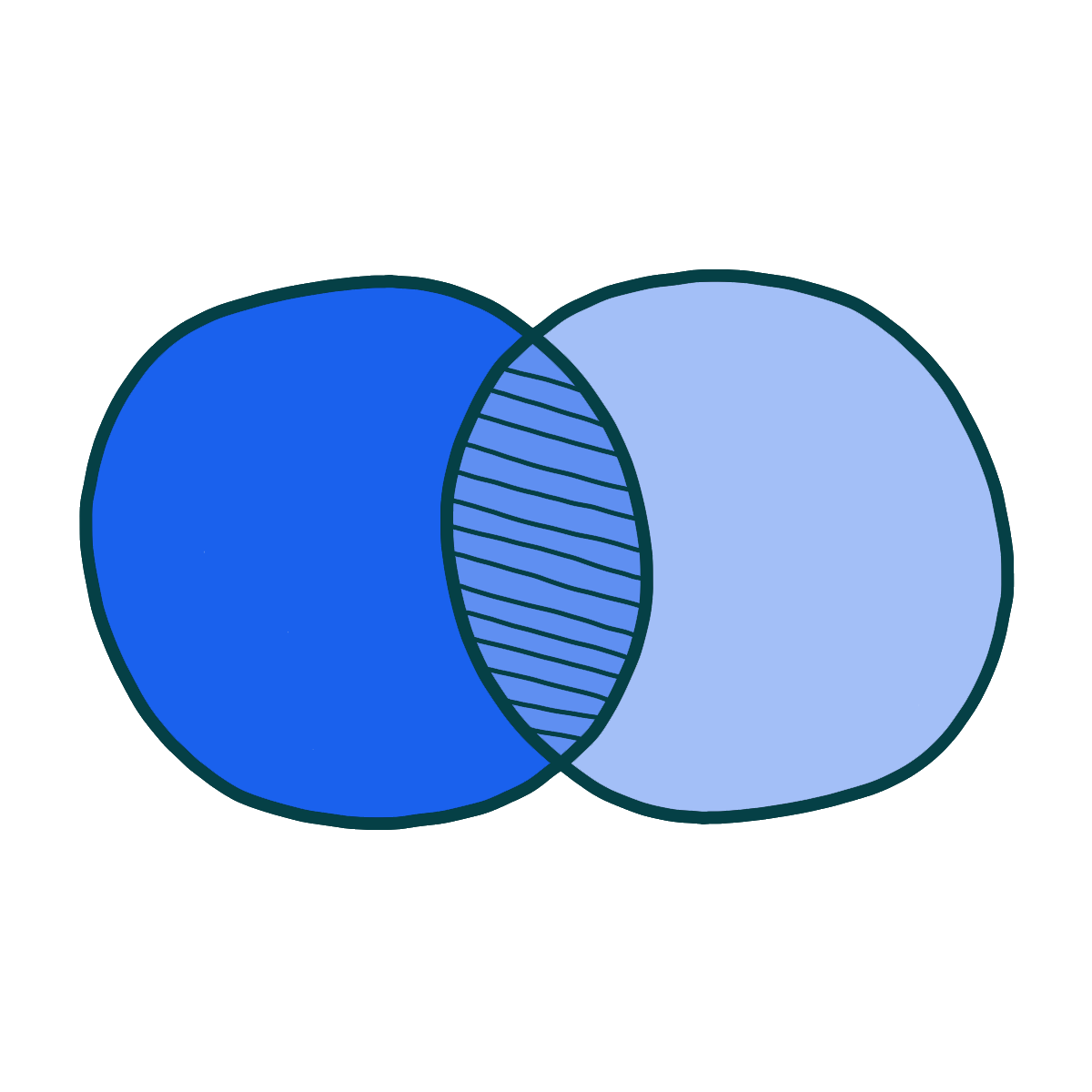
|
Compare and contrast related themes.
Compare and contrast Related Themes across different books.
Learn more
|

|
Teacher Editions for all 1910 titles we cover.
LitCharts Teacher Editions for every title we cover.
Learn more
|

|
PDFs of modern translations of every Shakespeare play and poem.
PDFs of modern translations of every Shakespeare play and poem.
Learn more
|
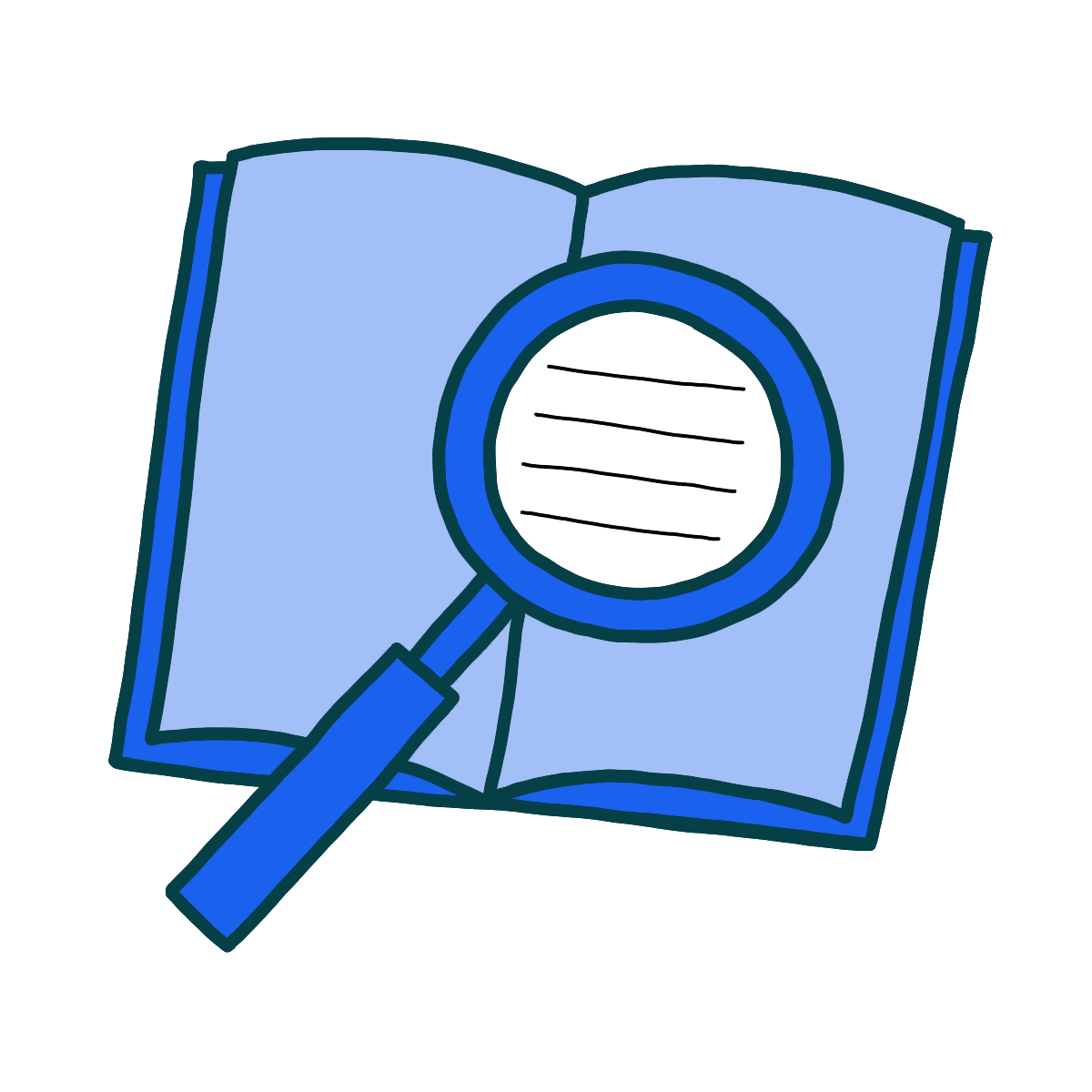
|
Advanced search across our collection.
Advanced Search. Find themes, quotes, symbols, and characters across our collection.
Learn more
|
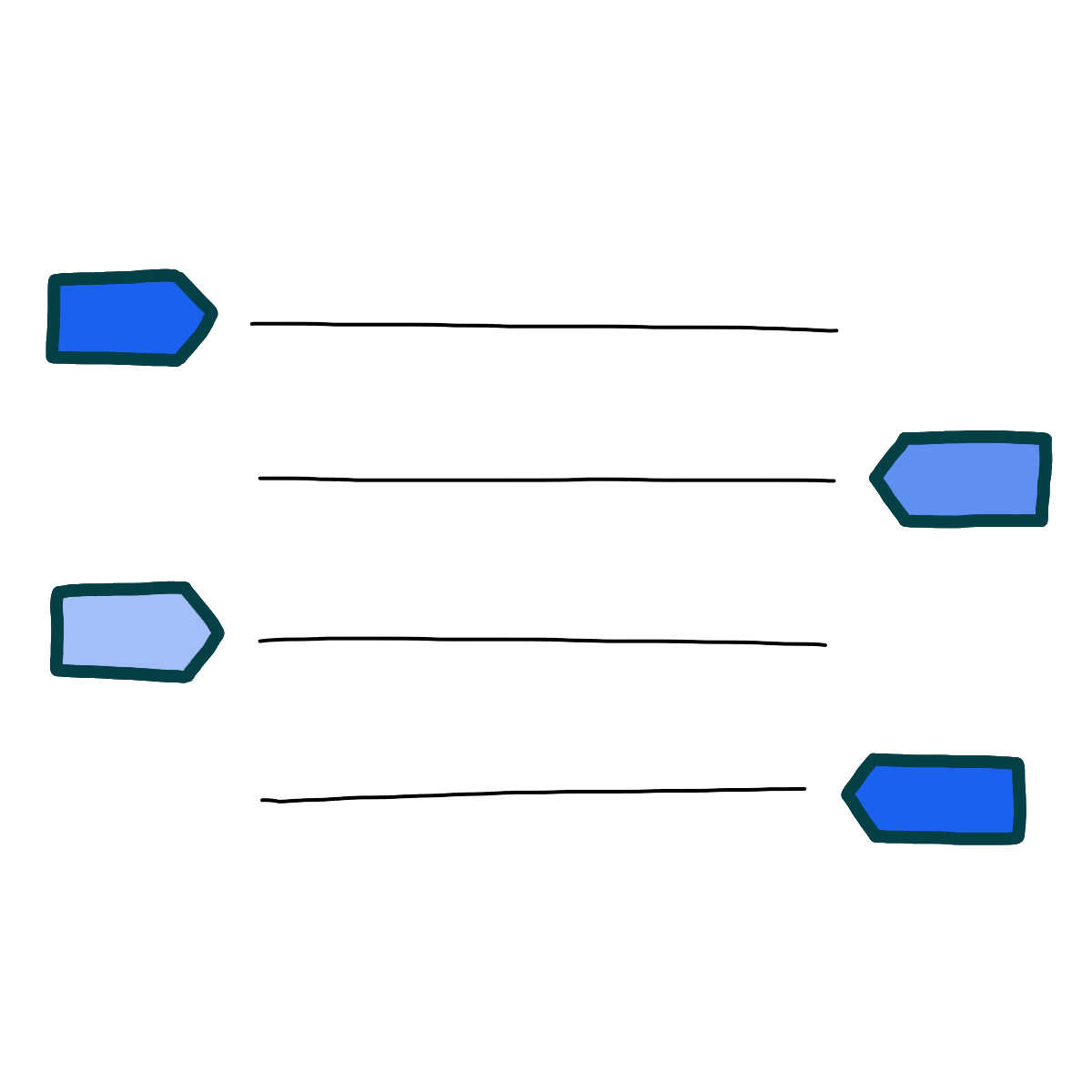
|
Line-by-line explanations, plus analysis of poetic devices for lyric poems we cover.
Line-by-line explanations, plus analysis of poetic devices for every lyric poem we cover.
Learn more
|
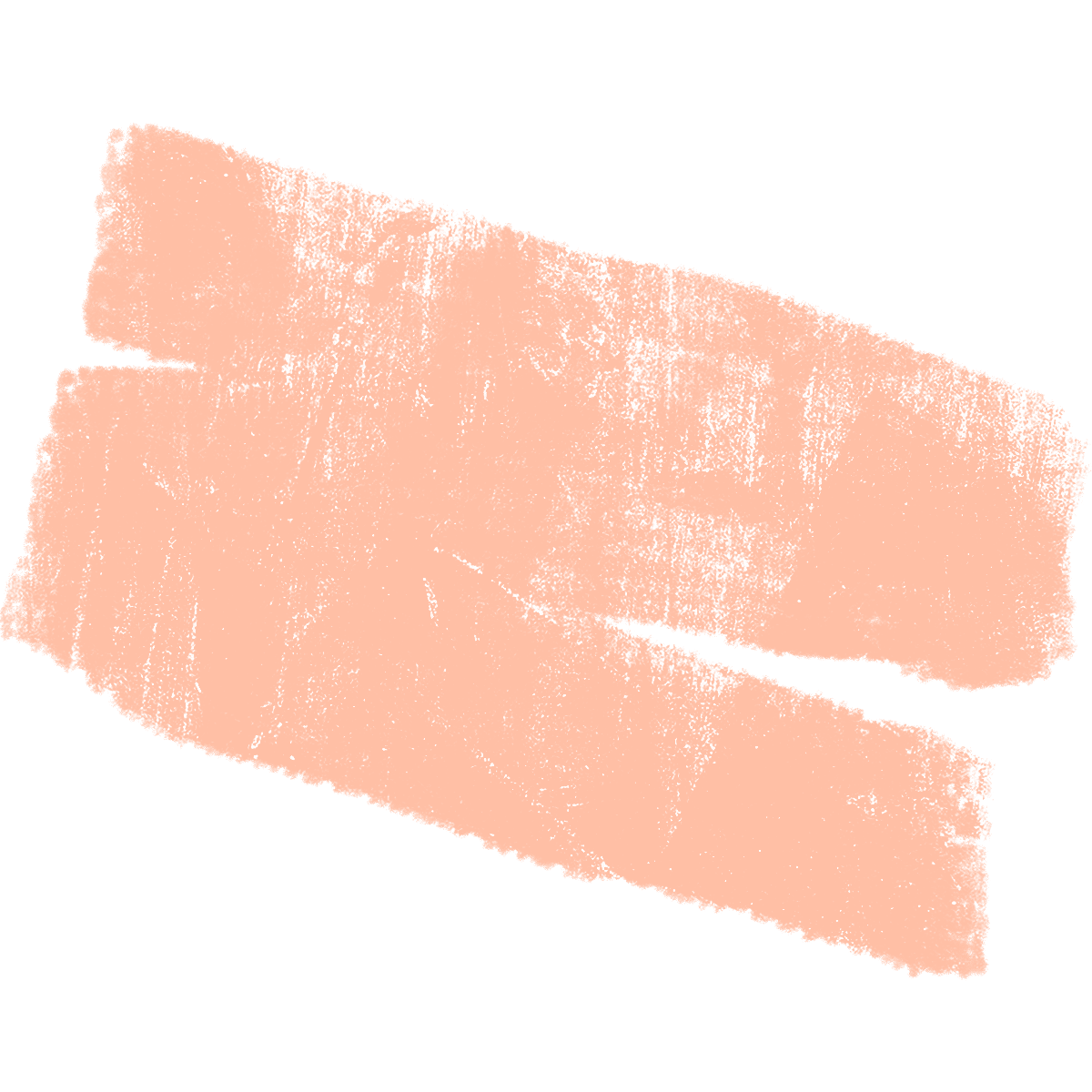

For every lyric poem we cover.
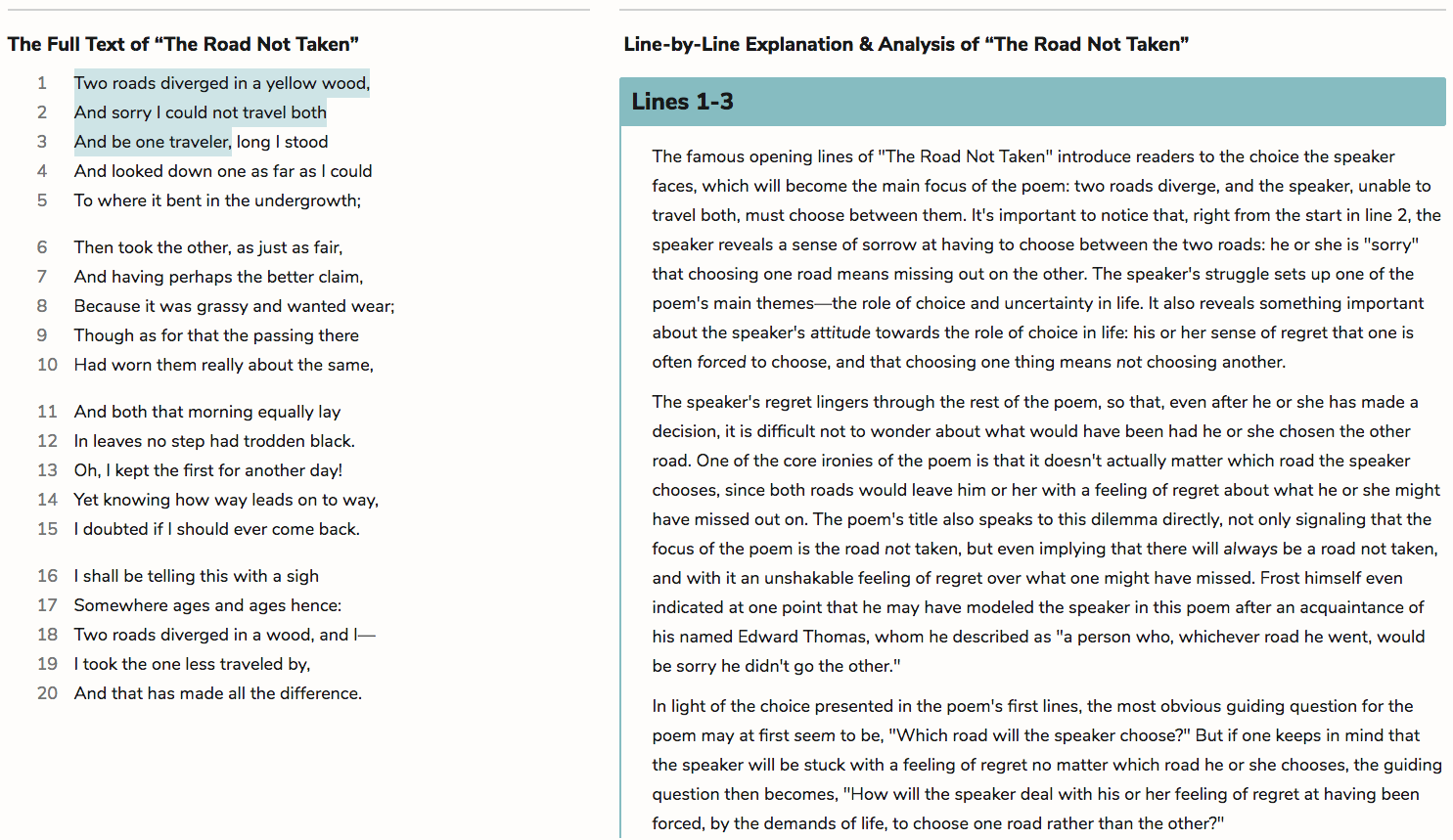


Literature Guide PDFs
LitCharts PDFs for every book you'll read this year.
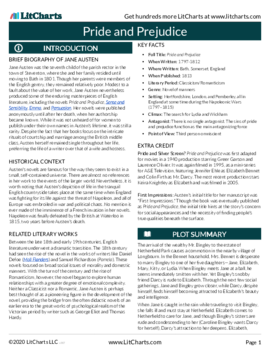


Quotes Explanations
For all 42,228 quotes we cover.
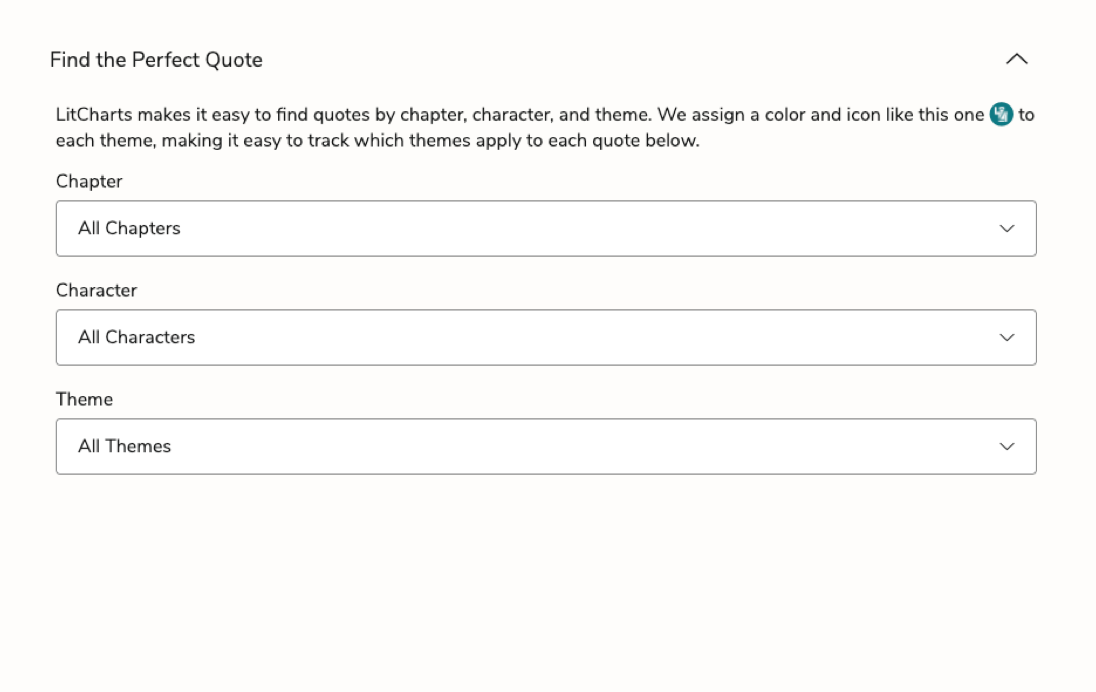
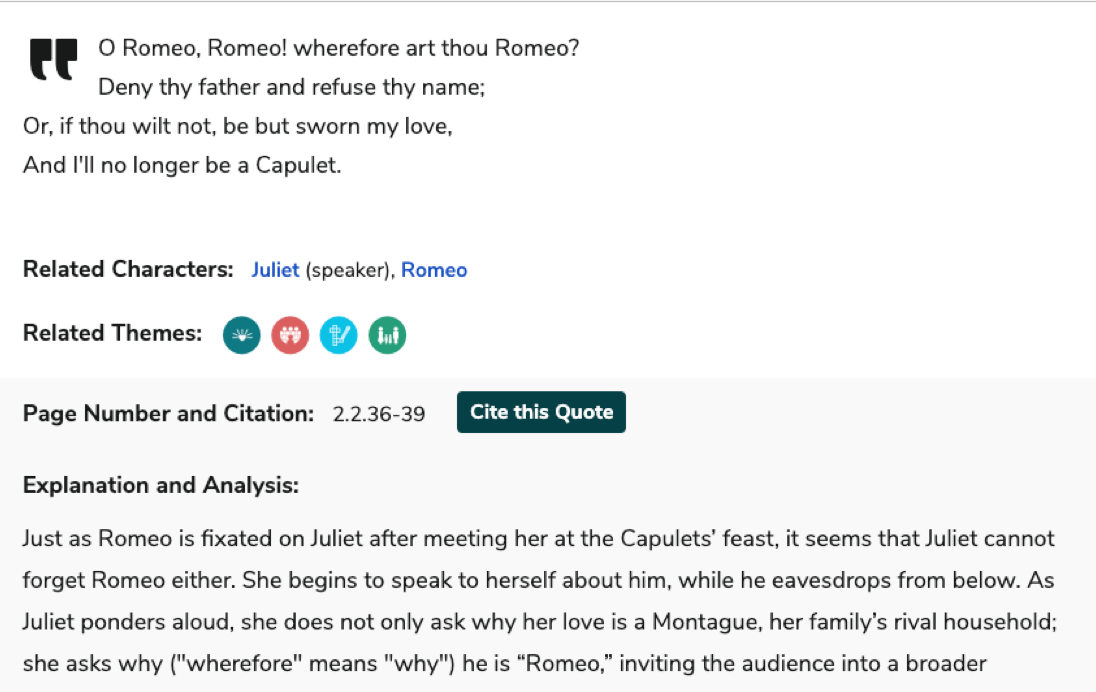
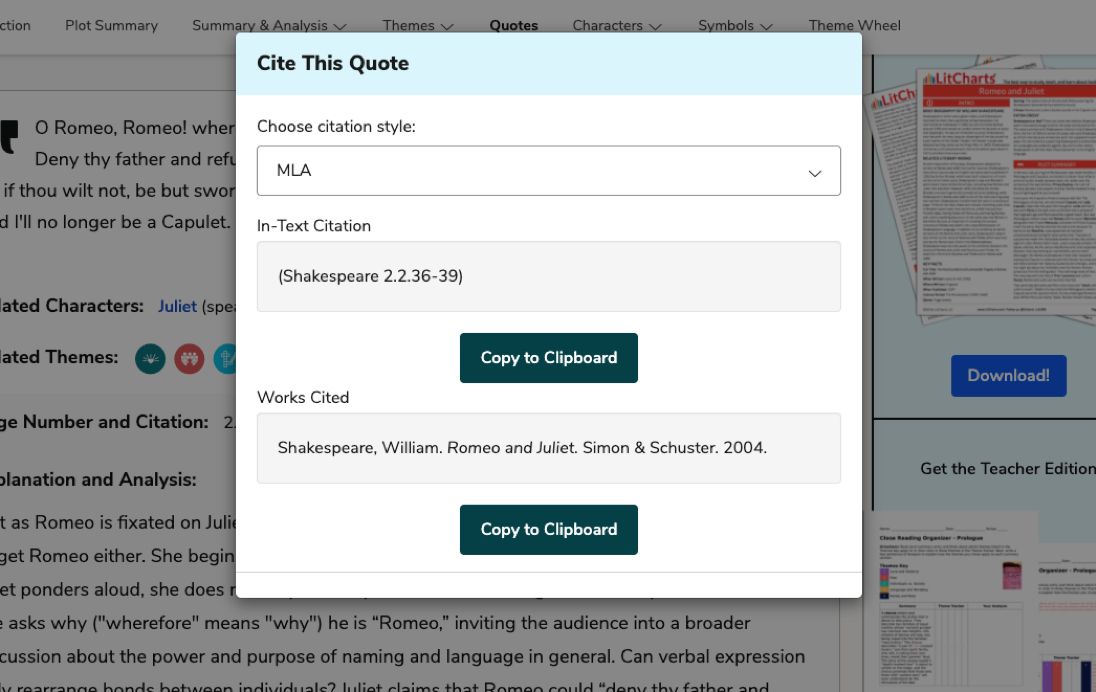


Teacher Editions
Time saved for teachers.
For every book we cover.
Common Core-aligned



PDFs of modern translations of every one of Shakespeare's 37 plays, 154 sonnets, and 3 longer poems.


Plus a quick-reference PDF with concise definitions of all 136 terms in one place.
